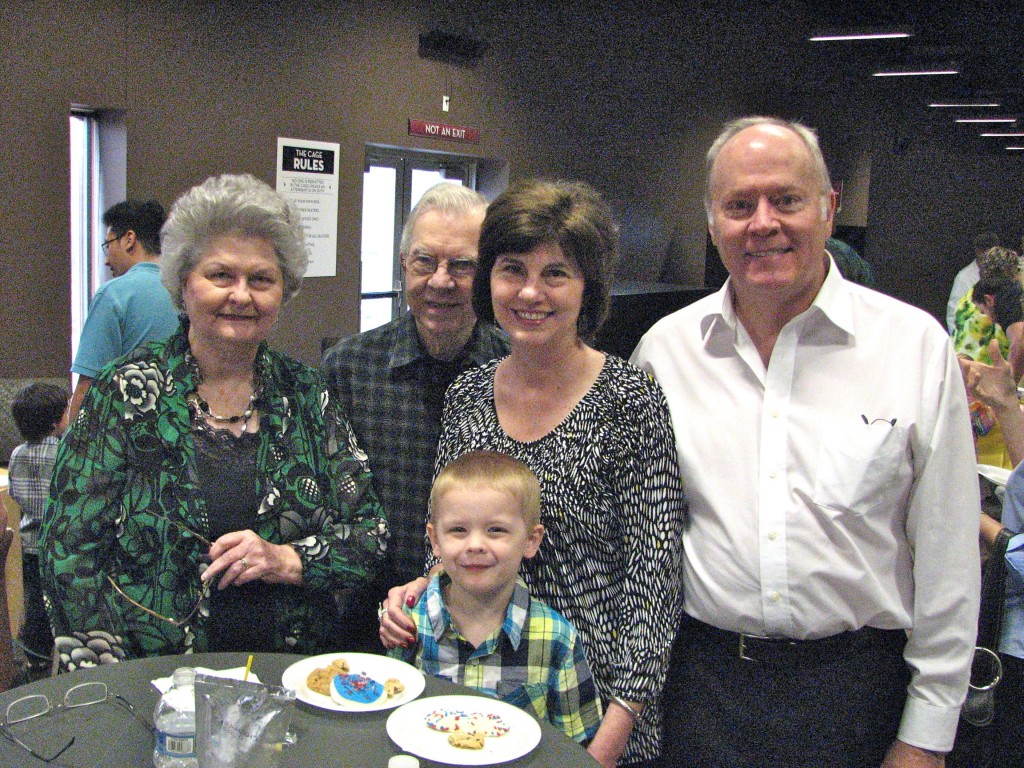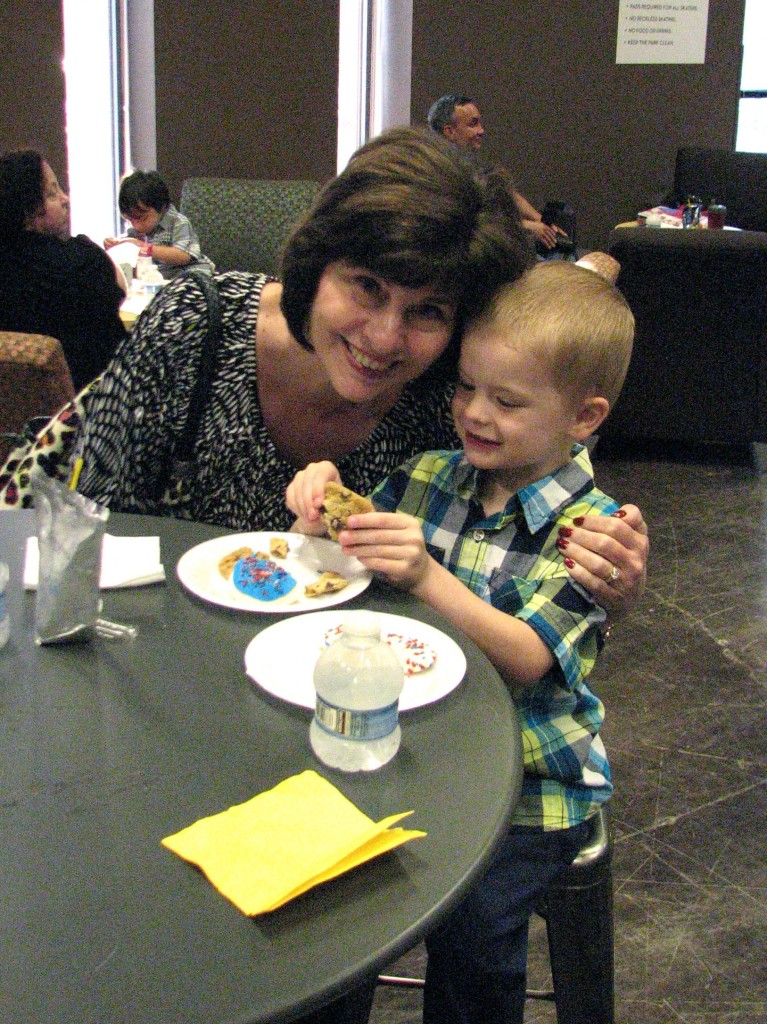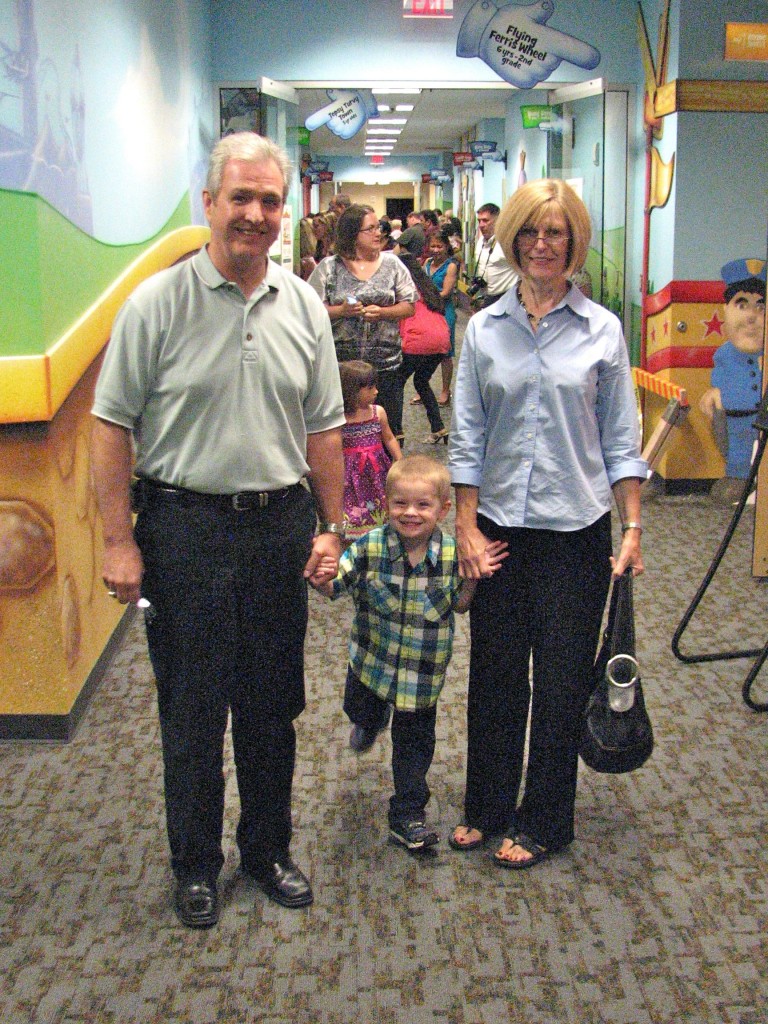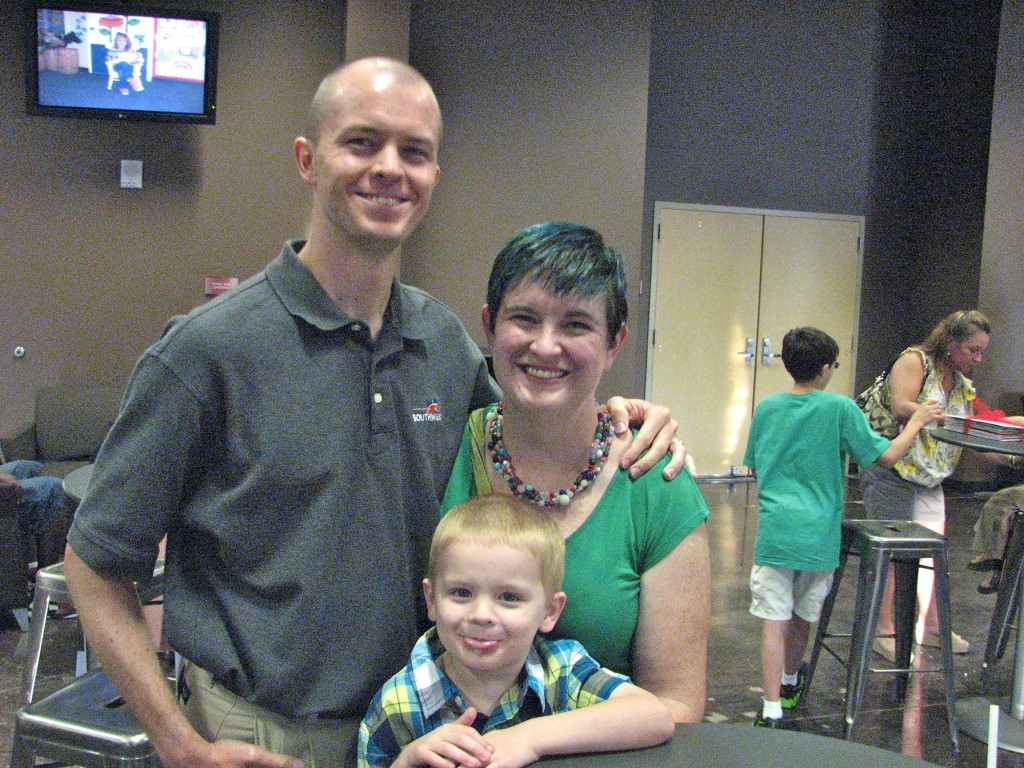In everyday life, weather determines how comfortable you feel outside and what outdoor activities you might choose. It guides choices like what clothes to wear, whether to wash your car or run the sprinkler system, and whether to take the kids to the park or keep them home with a craft or movie. We get the weather report on TV or the radio to plan our days and weekend activities. Unless an unusual weather event is occurring, such as a hurricane threatening Florida or a crippling blizzard in Denver that makes national news, we don’t really care much about what the weather is doing outside our vicinity.
Flight dispatchers look at weather in a different way from the majority of people. We work in a climate-controlled office while analyzing weather we’ll never see in areas hundreds or even thousands of miles away. We don’t care how the weather makes anyone feel, and it doesn’t really affect our own activities within the office. However, it makes a huge difference in how we plan our flights, but maybe not quite in the way you’d expect.
Good and Bad Weather
Regular people and dispatchers have different definitions of good and bad weather. What’s good for one might not be good for the other.
For Joe Blow:
- Good weather probably involves a pleasant temperature and a lack of precipitation so he can feel comfortable outside.
- Bad weather keeps Joe inside and might involve extreme temperatures, high winds, or precipitation.
For a flight dispatcher:
- Good weather is any weather that allows us to operate a flight as intended – safely, legally, and on time.
- Bad weather is any weather that might prevent us from operating a flight as intended, such as thick fog, low clouds, thunderstorms, or freezing rain that ices up runways and aircraft. It also forces us to carry lots of extra fuel for holding and possible diversions, forces us to divert at times, and/or prevents us from departing at all.
- Weather that is unpleasant to people such as rain, hot or cold temperatures, or strong winds don’t necessarily prevent a flight from operating safely. As one of my trainers said once, our planes work fine in the rain.
So we can sum up the two views of weather as such:
- Normal View: Do I want to be outside?
- Aviator View: Can my flight reach its destination as planned?
The Rules
The FAA and airline policy forces us, generally with good reason, to follow a cornucopia of rules when we carry paying passengers on a flight. One rule says that we cannot land a plane if the visibility or lowest cloud layer (ceiling) is beyond a specified threshold for the runway we want to use. These values are known as minimums (or minima, if you want to use proper Latin…and I KNOW you do). Normal people don’t usually care about ceilings and visibility because it doesn’t affect them. A 100 foot ceiling might be perfect for a cool walk in the park but a showstopper for a pilot trying to land at an airport.
One common limitation for a good runway is visibility of 1/2 mile and a ceiling of 200 feet. If the visibility is at least 1/2 mile, the crew can line up and descend toward the runway to land. If it’s lower than 1/2 mile, the crew must hold until it improves or divert. Once the crew descends toward the runway to land, the pilots must see the runway at least 200 feet above the ground as they descend. If they do, they can land. If not, they must climb out, go around, and try again or divert.
Buffer Zone
Predicting the future in any field is a mix of art and science, and no one bats 1.000 in any field of prediction. The Feds and every aviator in the world know this. So the Feds added another rule to offset the inherent limitations in a forecast: the alternate rule. It specifies a buffer above the typical minimums and requires us to designate an alternate airport if the forecast weather is anywhere within that buffer zone or below. For most operators, the threshold is 2000 foot ceiling (10 times the minimum ceiling for a good runway) and 3 miles visibility (6 times the minimum visibility). If the weather is below those limits, we must name an alternate airport and carry enough extra fuel to divert there if needed. That way if the weather gets worse than forecast and prevents the flight from landing, we have somewhere to go. We spend much of our brainpower evaluating forecasts, watching trends in visibility and ceiling along with precipitation, and deciding whether an alternate or extra fuel is required or simply a good idea. (I might explore this idea in more depth in a later post.)
So which view of weather is correct? Both, of course. Joe Blow doesn’t have to care that San Diego is fogged in and below mins because he can still run on the beach with his dog. Meanwhile, I don’t have to care that Betty Boop’s picnic in Houston got rained out because my HOU arrivals are plowing through the rain with no problem. Each view is valid for its own purposes.





